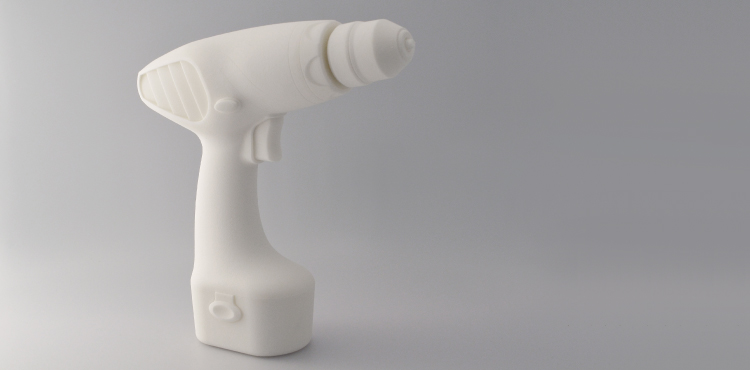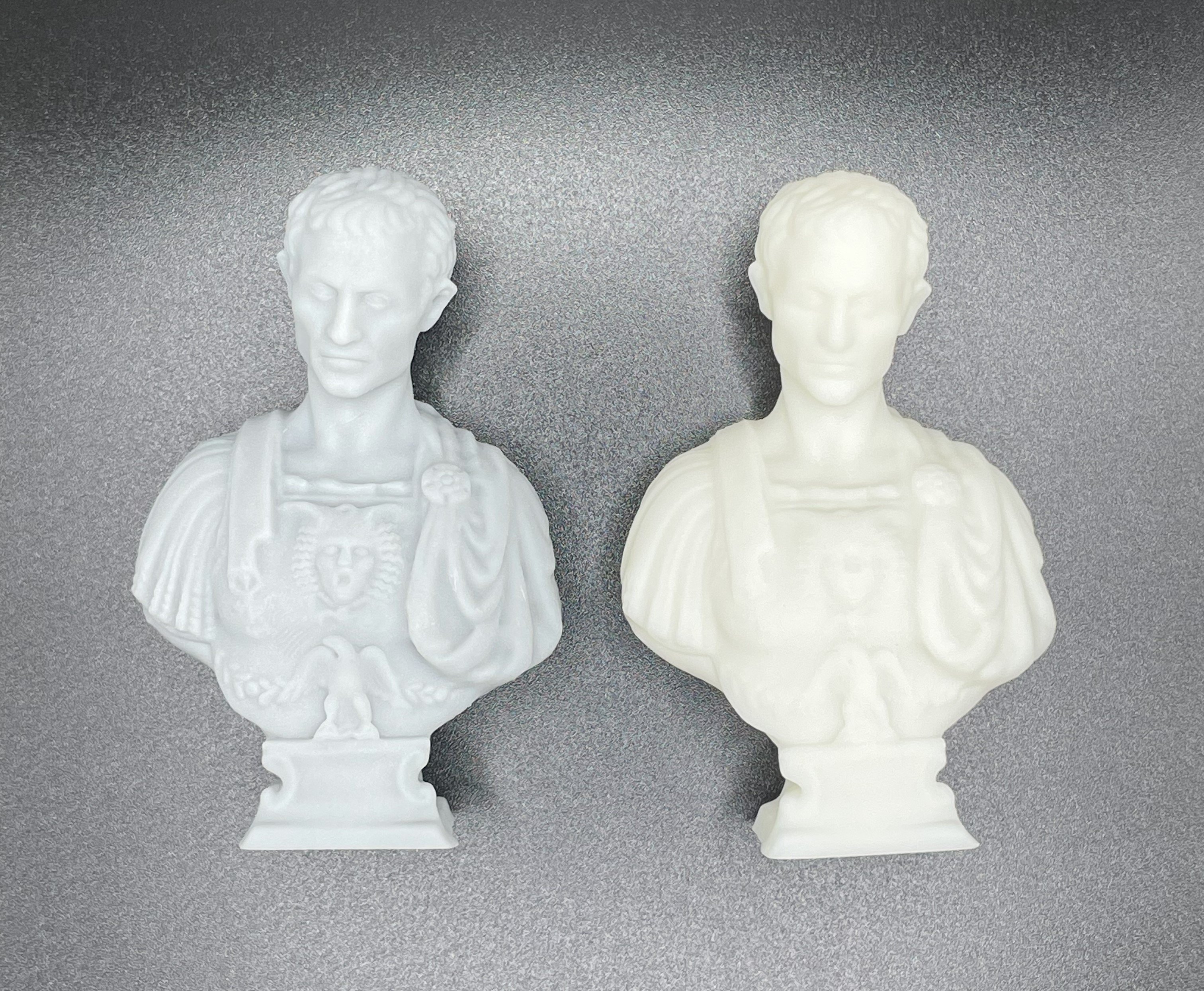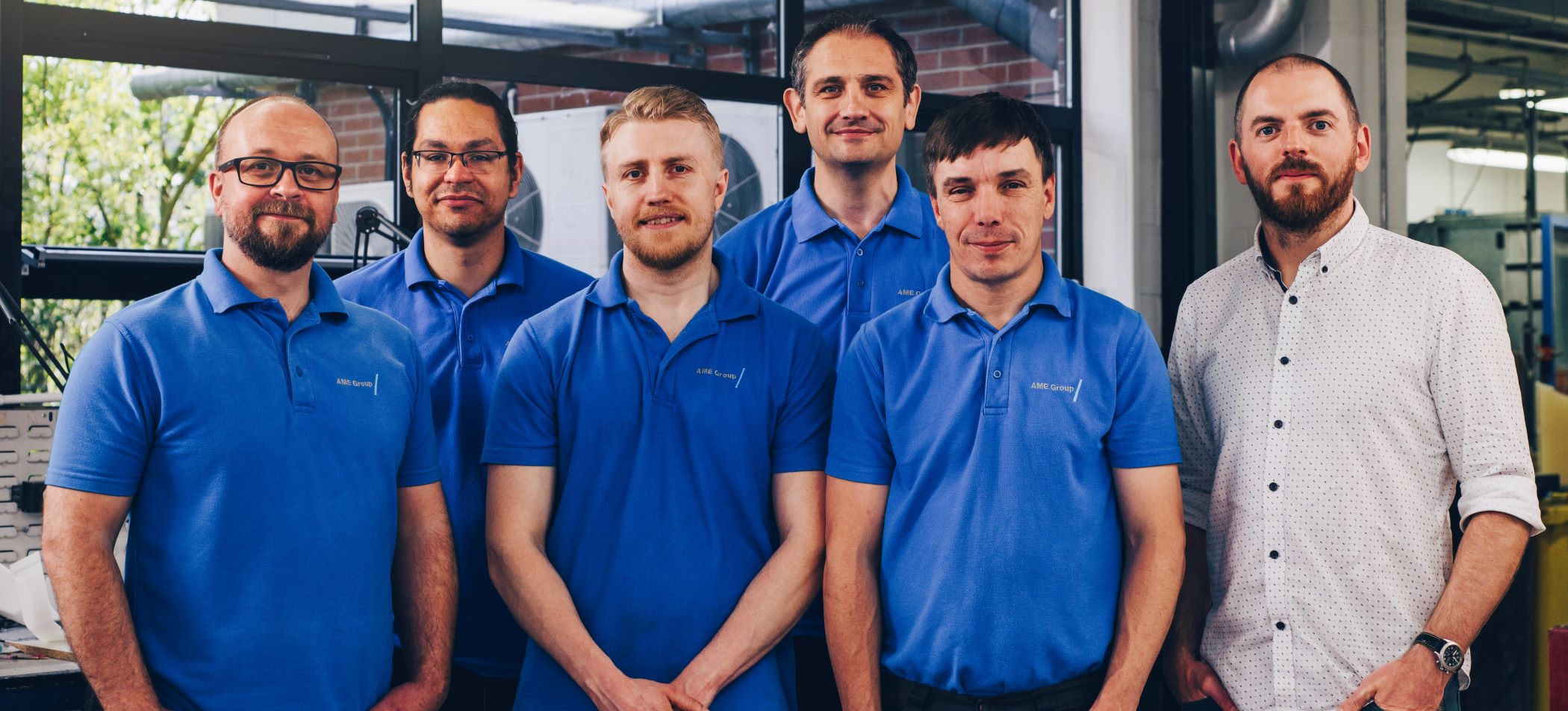A recent report by Fund Squire revealed that most start-ups fail due to the product or service not matching the needs of the customer. Getting customer feedback early in the product design process is crucial to avoid this fate. Even though the report focused on start-ups, this applies to all businesses developing new products.
This is where prototyping and in particular rapid prototyping comes in. But while learning is important, deliverables are irreplaceable. To help you deliver, our team have collected some of the most common prototyping pitfalls.
….......................................................................................................................................................................................................
General prototyping pitfalls
1. Skipping the prototype stage
Pressure is often high to reduce costs and speed up the product process. While there may be some shortcuts to consider, skipping prototyping shouldn’t be one of them. The biggest prototyping pitfall is therefore not prototyping to begin with.
The benefits of committing to a prototype is that you can get viable feedback from customers. Feedback on a theory is one thing, feedback gained from holding and testing a physical product is irreplaceable.
2. Starting without a plan
Starting without a clear plan is easily done, but one of the main reasons why a prototype fails. (And further fuels the fire of skipping the prototype stage).
Starting the design before defining the problem is the definition of starting without a plan. You can’t solve a problem without understanding it. Once you have a clear vision of the deliverables, you can split the nice-to-have features from the must-have features and design a testable prototype.
3. Overthinking
Planning is important, but overthinking leads to stagnation. Rather than chasing all options and ideas, often you need to move the design along and hold the physical prototype in your hand. And then let other people hold it, test it and even break it if it’s a functional prototype you’re making.
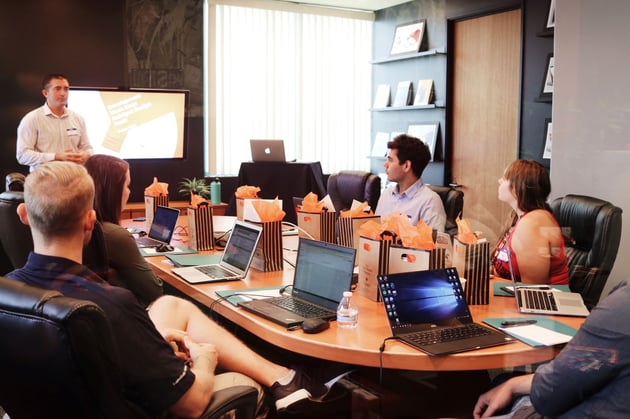
Proof of concept beats theoretical perfection every time. That’s why seeing the prototype in use is more valuable than reviewing additional hypotheticals you can come up with.
Modifications and tweaks can then move things along to ensure the prototype enters the next design stage.
4. Falling in love with your prototype
Everyone takes pride in their work. It’s what most people including our team strive to achieve. Yet too much pride can create blinders, meaning you can no longer objectively differentiate the must-have features from the nice-to-haves.
Prototypes are about finding the most suitable result. Iterations are key to this. 3D printing provides quick, cost-effective and easily repeatable iterations, and has enabled rapid prototyping to become accessible to businesses of all sizes. Yet it can only help with prototyping if used for iterations and evaluation. If you're too in love with your prototype to make changes, then you're never know if it's the right solution.
While constructive feedback can be tough, it’s the only way to ensure a good product becomes a successful product.
5. Scaling too soon
This is like putting the cart before the horse. Scaling plays an important role in product development and there’s an optimal time for it.
This time isn’t in the prototyping stage. Prototypes are built for learning not scaling. Scaling should remain a consideration of prototyping as you don’t want to create an unrealistic prototype by choosing material that’s not easily accessible. However, you need to collect the key learnings of your prototype before planning how to scale the product.
….......................................................................................................................................................................................................
3D print pitfalls
3D printing has accelerated prototyping and plays a crucial role in rapid prototyping. Thanks to the accuracy and speed of 3D printing you can test the look and feel of a product cost-effectively and this can’t be stressed enough quickly too.
1. Design oversights of specific 3D processes
There are many different 3D printing choices out there, and each have certain rules that are easy to overlook, especially when working to a deadline. At AME-3D, we specialise in SLA and SLS 3D printing and the most common design pitfalls we’ve encountered over the years are:- Designing very broad or large SLS parts without contours
SLS is a highly versatile process. Heat is at the core of the print, so contours play a vital role to stop large parts from warping.
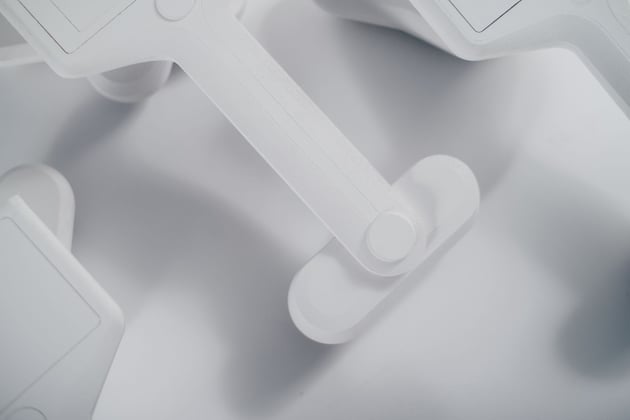
- Designing below the minimum feature size
Our production team are very knowledgeable on how far they can push the 3D machines. The minimum feature size is already pushed to its limit, so be sure to stay within the minimum requirement to get a quality print.
- Switching the axis stats
Easily done, and a classic oversight. Like mixing up “your” and “you’re” in copywriting. Looks harmless but comes with all sorts of repercussions.
Our production team checks every CAD file that comes in, so this is usually spotted before build begins, however, it’s good to measure twice and build once.
2. Material choice
Material is a tricky one, since there is so much choice. That’s why we’ve put together a handy material flowchart to help you find the right material for your current prototype work.
Material choices vary depending on what you need to test, such as durability, fine detail, or functionality. Luckily, we can also buy in specialist material if your project needs a little extra TLC.
3. Mind the walls
Wall thickness comes up a lot in 3D printing. Too thick and additions no longer fit, too thin and the wall snaps off before you’ve had the chance to try anything out. Or the wall is damaged due to being too thin and exposed to too much heat in the build process.
….....................................................................................................................................................................................................
Cast pitfalls
The cast processes can create products or parts ready to be drop shipped straight to the retailer or even straight to the customer. The finish process of the moulds creates aesthetically stunning products, so a good eye for detail is crucial.
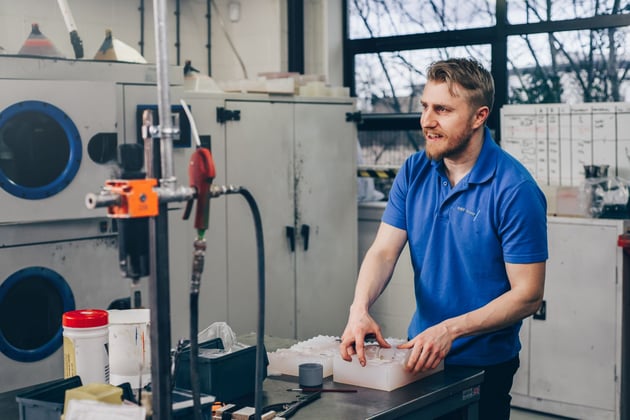
1. Design oversights
Embossing is a highly popular feature for vacuum cast parts. It helps to elevate the overall look of the prototype. Yet it also needs exact detail. We recommend having a width that’s at least 2x the height and for the gap between raised letters to be at least 1.27 mm.
2. Timing
In the grand scheme of product development cast moulding is a fast process. Compared to 3D printing though, it needs a longer lead time.
The visual quality of the cast products comes from a combination of process and final finish. Don't miss out on getting that buy-in from potential investors by getting your timing wrong with your prototype.
3. Not optimising the cast process
Casting a part or product gives you a lot of flexibility but not everyone uses the process to its full potential. It’s a missed opportunity rather than a strict pitfall. However, we’re very passionate about helping you find the best solution, which makes it a pitfall in our books.
Finishes, colour choices and the amount of parts per tool, can all be optimised with a little help from the low volume production powerhouse.
…...............................................................................................................................................................
These are the most common prototyping pitfalls that our team has encountered over the years.

